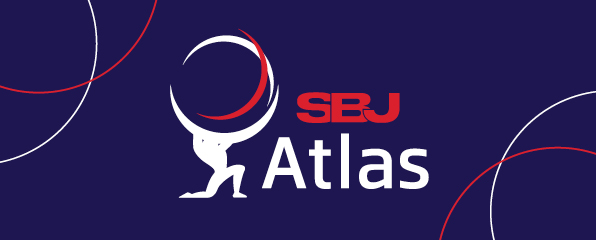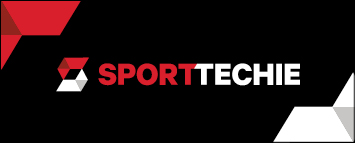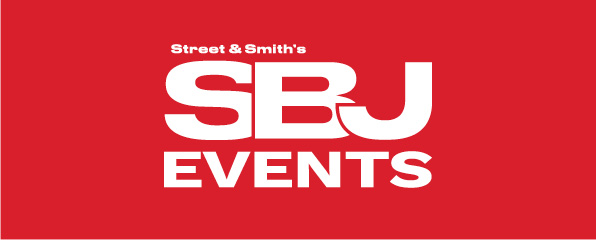Redefining brand narratives at Cannes Lions 2023: Moving beyond gender parity
Conversations about women’s sport have invariably focused on gender parity. However, given the undeniable value that’s waiting to be unlocked in women’s sport, brands should take advantage of this year's Cannes Lions festival to highlight a different aspect of women’s sport -- how it can be used for creative storytelling.
At this year’s festival we expect to see a lot of work from the FIFA Men’s World Cup held in the back end of last year and the Women’s Euros 2022. Typically, the men’s World Cup work focuses on the excitement of the game -- including the fans’ spirit and the passion behind the event -- while women’s sport more broadly remains centered on a gender parity story.
So, why would it be smart for the 2023 festival to emphasize the value creation opportunity that women’s sport can hold for brands, and move away from the gender equality?
We are in the middle stage of a commercial and marketing evolution of women’s sport. Initially, rights to women’s sport were included as part of broader men’s deals, but these rights were not effectively used. Now, brands are invariably taking one of two tacks: activating those rights by highlighting gender inequality in the sport; or treating women’s sport the same way as men’s.
While this work is significant, it’s time for women’s sport to stand on its own and benefit from bespoke activations tailored specifically for women’s sports fans -- creatives take note.
Modern-day fans use modern-day channels
Today’s fans look for content across a variety of channels, presenting a prime opportunity for brands to ignite the future of women’s football. Over the past decade, attention to women’s football has grown by 46%, with more than 330 million people showing interest in the sport. The audience is increasingly diverse, young and open-minded, making them more receptive to dynamic creativity. They are deeply engaged in social media and responsive to content innovation. They crave content such as fan stories and tactical videos, which are currently limited because of the prevalence of purpose-driven narratives.
Women’s club football fans demonstrate high brand engagement and intent to purchase, making them keenly aware of event sponsors and more likely to support teams by purchasing products directly from sponsors. For example, Klarna’s partnership with Angel City FC in North America launched “A New Dawn,” a first-of-its-kind, upcycled capsule collection. The team’s inaugural tifo (a large visual display by fans) was repurposed into wearable products including a windbreaker, bum bag and bucket hat. To drive fans to Klarna, the collection was exclusively available on the brand's app for the first 24 hours and fans who purchased through the app during the launch weekend received a $10 discount. Ultimately, over 10% of the collection was purchased through Klarna.
The untapped opportunity in female players
As female players have gained popularity and fame, they have more chance to stand up and show up creatively. They are more naturally inclined toward storytelling, often advocating for deeper causes and purposes. For example, Megan Rapinoe, Vivianne Miedema and Leah Williamson are outspoken on various issues. These players have genuine stories to tell, given their diverse backgrounds. They haven’t all emerged from academies; many had to overcome struggles, juggling part-time jobs while pursuing their passion for the sport.
Women’s football fans tend to value players over teams and according to the Women’s Football Fandom in 2023 report, 43% of fans support players rather than clubs. Additionally, 41% of people express a greater interest in content related to inspirational stories -- as it connects with individuals on a personal level. Women’s football fans are also 12% more likely to engage with player content.
There are numerous stories still awaiting exploration. While the Leah Williamson and Kelly Smith tale has gained recognition, there are many other teams and players whose stories have yet to see the light of day. For instance, Arsenal Women won the Champions League in 2006 when managed by the Arsenal Men’s kit man -- an inspirational story that could rival Ted Lasso’s.
Potential barriers
Of course, barriers remain and there is still much that brands can do. Too often brands lack bravery, often playing it safe for fear of making mistakes when it comes to women’s football. There is insufficient representation -- the industry as a whole still grapples with a lack of female representation, particularly in the creative department. And this is an issue that will likely continue to be discussed at Cannes.
Brands must break free of the tendency to replicate creative executions in the men’s game. Instead of mirroring the strategies employed in men’s sports they should craft and develop a unique approach for women’s sport. There are often resource limitations which means brand and agency teams may attempt to activate both men’s and women’s properties simultaneously.
The final barrier is the knowledge gap in connecting with growing audiences: To make progress, it’s essential to tap into the fan base itself. Women’s football fans are passionately engaged, making it vital to listen to the community and engage with groups, such as Victoria Park Vixens, as well as collaborate with authentic women’s football fan influencers.
There is extensive untapped space for brands to create something extraordinary, cutting through the noise and making a lasting impact. It’s time to move beyond purpose-driven narratives, especially with the mounting excitement and anticipation surrounding the Women’s World Cup, where brands can make a meaningful difference.
Cannes Lions aims to build a festival that unites the community and showcases the power of creativity, so this is the moment to highlight the immense potential of women’s sport in creative storytelling and value creation.
Louise Johnson is CEO at sports and entertainment agency Fuse.





